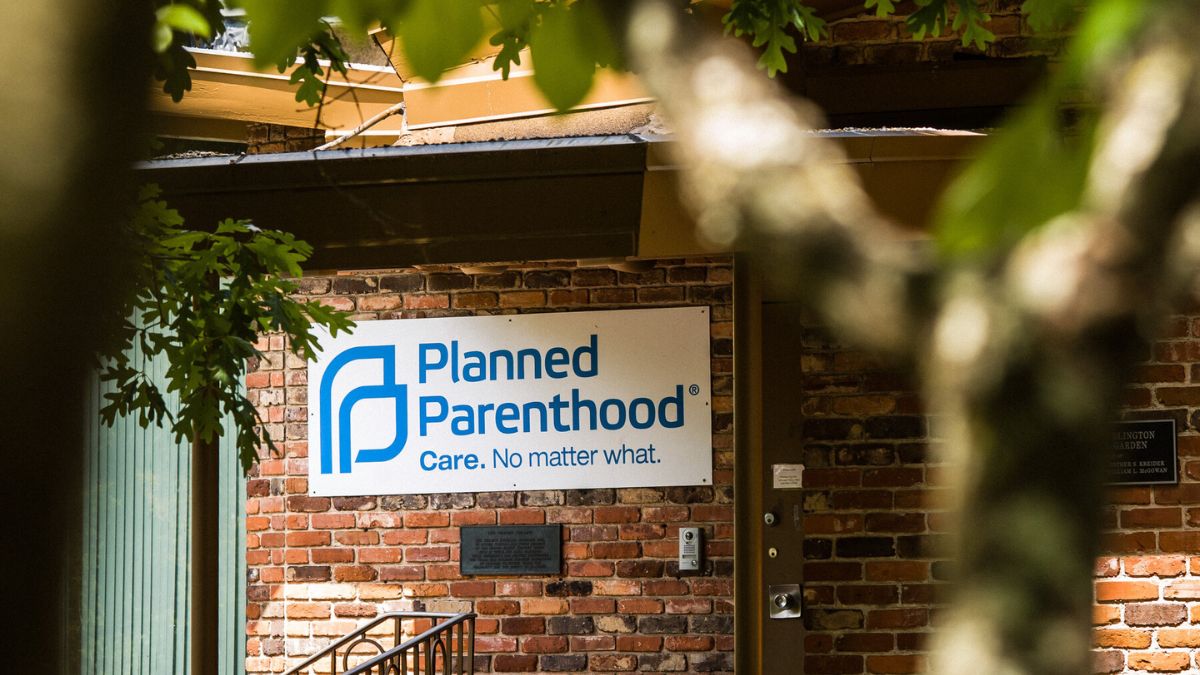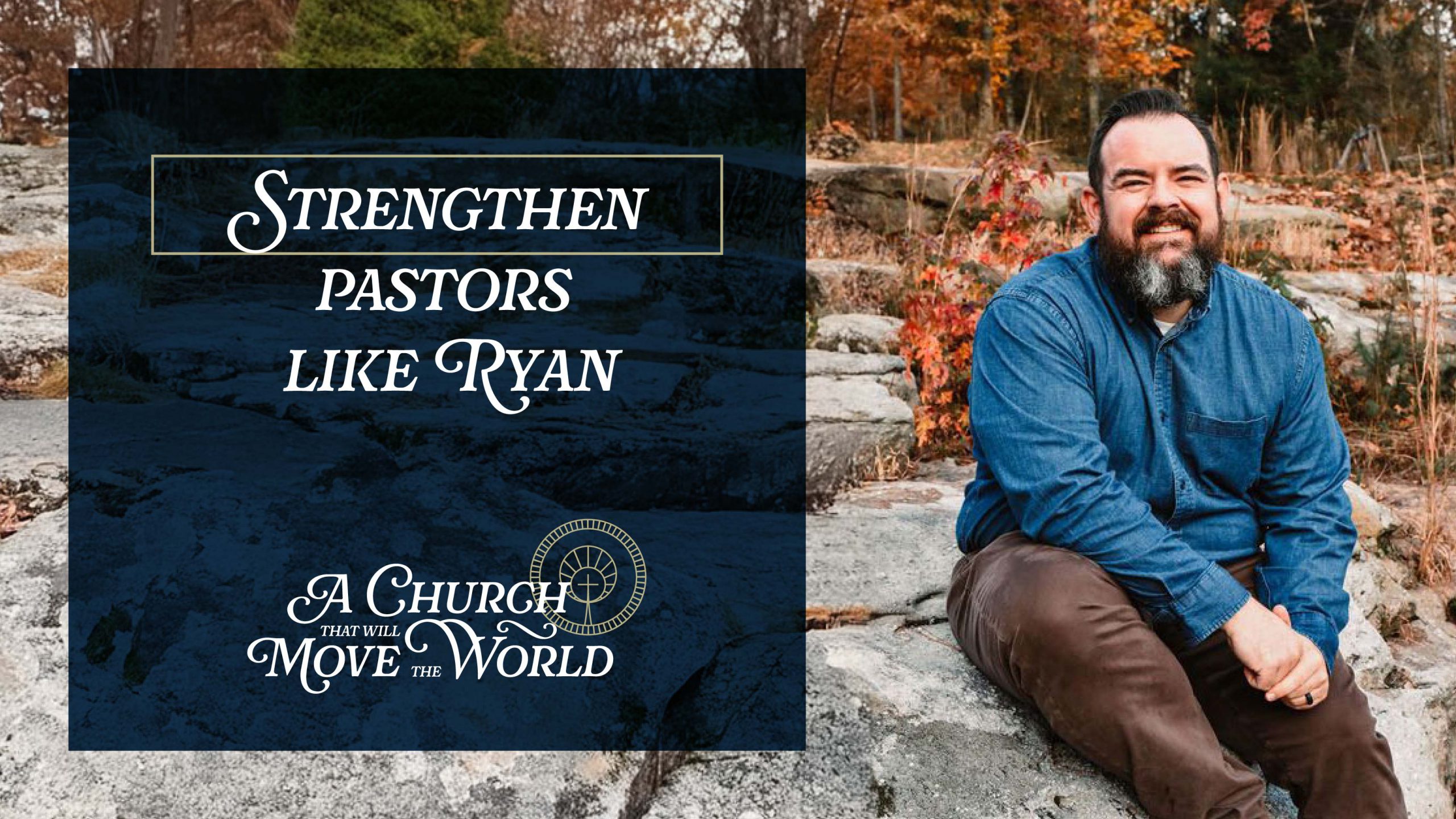

The Magi, the Epiphany, and Ben Hur
The littlest known Christian holiday with major significance.
01/6/25
John Stonestreet

For most Americans, the Christmas season has been over for about a week already. But it isn’t. January 6 is a major Christian holiday that most Americans know little about. The Feast of the Epiphany, from the Greek word meaning “manifestation,” celebrates the visitation of the Magi to the infant Jesus and his family in Bethlehem.
In many times and places throughout Christian history, gifts were exchanged on Epiphany, not Christmas day. A colleague of mine, who lived in Puerto Rico when he was a kid, recalls neighborhood children leaving straw out for the Magi’s camels on the night before Epiphany.
While people in Puerto Rico, and pretty much everywhere else, have shifted their gift-giving to December 25, Epiphany has lessons to offer our Christian faith and is worthy of our attention.
Among those who understood this was Lew Wallace. Few, if any, Americans have lived as eventful a life as Wallace. Civil War buffs will say he may have saved the Union at the Battle of Monocacy in 1864. His forces delayed Confederate General Jubal Early long enough to prevent him from possibly capturing Washington, D.C.
Later, as territorial governor of New Mexico, Wallace dealt with the likes of Pat Garrett and Billy the Kid. But it was a reunion of Civil War veterans that led to what Wallace is best known for today, as explained by Colson Fellow John Murray awhile back in a Fox New article. On a train ride to an 1876 reunion in Indianapolis, Wallace was reunited with Colonel Robert Ingersoll, who was known as the “great agnostic.” Ingersoll traveled across the country deriding and challenging people of faith.
Ingersoll didn’t spare his old comrade-in-arms, even though Wallace, at the time, was at best “indifferent” to the Christian faith. Wallace later wrote,
To lift me out of my indifference, one would think only strong affirmations of things regarded holiest would do. Yet here was I now moved as never before, and by what? The most outright denials of all human knowledge of God, Christ, Heaven, and the Hereafter which figures so in the hope and faith of the believing everywhere. Was the Colonel right?
Determined to prove Ingersoll wrong, Wallace returned to a short story he had written during the Civil War. The story centered on the Magi, “who had captured his attention as a young boy—taking a ‘lasting hold on his imagination.’”
Wallace asked “Who were they? Whence did they come?” Above all, “What led them to Jerusalem asking of all they met the strange question, ‘Where is he that is born King of the Jews?”
Starting with this meditation on the Epiphany, Wallace expanded his story over the years, adding more and more meditations on the life of Christ.
Eventually, in 1880, he published his finished work, Ben Hur: The Tale of the Christ. The story about a fictitious Jewish prince named Judah Ben-Hur was how Wallace “showed the necessity of a Savior.”
It remained the best-selling American novel until Gone with the Wind in 1936. And of course, it was the basis of the 1959 film starring Charlton Heston, which won a record 11 Oscars.
By the time Wallace died in 1905, he believed he had met Ingersoll’s challenge. Millions of Americans agreed. And it all began with his reflecting on the visit of the Magi. This reflection led Wallace, like the Magi before him, to take the light of Christ to those around him, not just to Ingersoll but to the millions who read Ben Hur.
Our calling at the Colson Center is to help prepare you to shine the light of Christ in your world, so please come to Breakpoint.org and check out our Colson Fellows program, and learn about the upcoming Colson Center National Conference happening this spring.
This Breakpoint was originally published on January 6, 2017.
Have a Follow-up Question?
Up
Next















